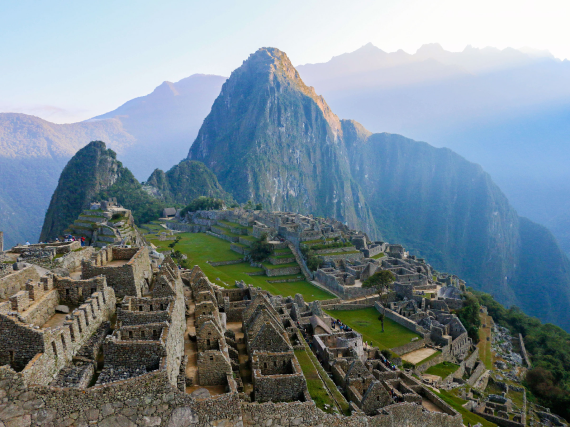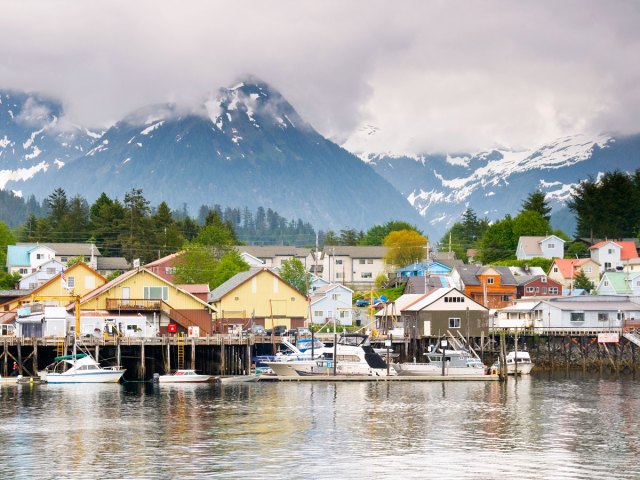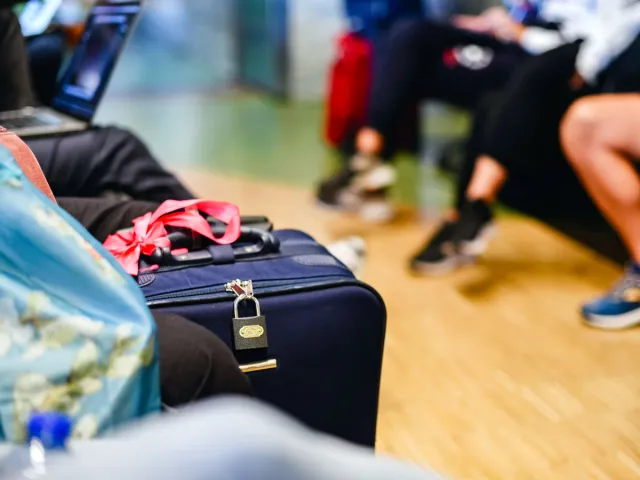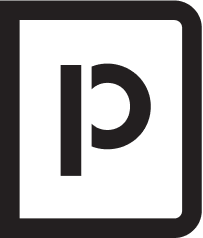There’s a reason entire websites are devoted to helping you book your flight: Airlines make it intentionally confusing. They are businesses, after all, and their goal is to make as much profit as possible. In an effort to do so, airlines may employ a number of subtle strategies on the booking page to encourage customers to spend more, many of which are rooted in actual psychology. Navigating these tricks isn’t easy, but you can still score a great deal on airfare when you recognize what you’re up against. Here are four ways airlines get you to spend more money.
Changing Prices

When’s the best time to book a flight? Even the experts disagree on the answer to this, which has to do with the fact that airline pricing is highly dynamic. Ticket prices are constantly fluctuating based on factors such as demand, competition, seat availability, seasonality, and how far out you book. Airlines have a complex system of fare buckets, each representing a different type of ticket on the plane, that come with different restrictions, such as an advance purchase requirement.
A 2019 USC study found that the number of these fare buckets ranged from 24 on an American Airlines flight to a whopping 77 on Delta. Some buckets may be closed off or restricted during peak times, resulting in higher fares.
For what it’s worth, according to travel agency Expedia’s 2024 Air Travel Hacks Report, the sweet spot for booking domestic flights is about 28 days before you are planning to depart, while other surveys suggest a booking time frame of 21 to 74 days before departure. For international flights, you’ll want to book a bit earlier — at least two months before departure, according to Expedia.
Another factor to take into consideration is that there are routes that operate multiple times a day, which may force you to choose between spending less but waking up much earlier than you’d like to — or paying more for the luxury of departing at a reasonable hour. Setting price alerts on websites such as Google Flights helps, but a lot of the time, securing the cheapest fare is ultimately more of an art than a science — and that’s by design.
Confusing Fare Classes and Add-On Fees
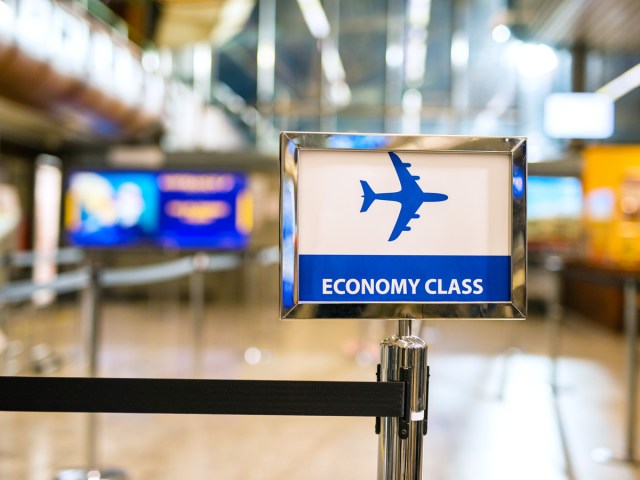
What exactly is the difference between basic economy, economy, economy plus, and premium economy? And is it the same on every airline? Is it more expensive to go with a cheaper option and buy individual add-ons like seat selection and a checked bag than it is to buy the all-inclusive ticket? If you’re overwhelmed by uncertainty and indecision over these choices, you’re not alone.
In 2012, Delta was the first U.S. airline to introduce “basic economy,” which came with a set of restrictions (e.g., no changes, bags, or advance seat selection) in exchange for a lower ticket price. More recently, in May 2025, the airline made headlines again for rebranding its fare classes into several new categories such as Main Basic, Main Classic, and Main Extra, each of which comes with different perks and restrictions.
Confused? That’s decision fatigue. Indeed, studies have found that consumers make suboptimal decisions when varying options and price points are presented throughout the booking process — what economists call “drip pricing.” That’s because, if they’ve gotten that far already, travelers are unlikely to give up and start over — and airlines know that.
The more exhausted you are by a bevy of choices, many of which don’t arise until you’re well into the process of booking your flight, the more likely you are to throw your hands up and spend more money so you don’t have to worry about missing out on a worthwhile perk later on. The price you saw when you initially decided which flight to go with is rarely the same price you see when you finally check out, but you might think that starting over or going with a different airline runs the risk of somehow being more expensive, so you book the flight anyway.
Perceived Scarcity

We’ve all seen the message that there are “only two seats left at this price,” but is it actually true? Sort of, but it’s complicated. Remember those fare buckets from earlier? Airlines allocate a limited number of seats to the cheapest buckets, and when they sell out, it’s true that only more expensive fare types are left to purchase.
But demand is constantly shifting, and if an airline sells fewer seats than their data predicted, or if many passengers change their plans and cancel or rebook their tickets, they might open up a lower fare bucket again closer to departure. Similarly, if a competitor drops their fares, the airline might lower their fares to match.
Regardless, the messaging of a limited number of tickets being available does create a sense of urgency that makes prospective customers more likely to act now than wait until later, when the previously available price might be gone. But if you choose a fare without change fees, you should be able to reprice your ticket later if you notice the fare has gone down.
The Social Proof Strategy

You might not want to pay extra to insure your trip at the end of the booking process, especially if you’re unsure what protection that actually grants you, but seeing the number of people who’ve chosen to do so today might sway you. That’s what airlines hope, at least.
It’s a tactic called “social proof,” and it functions kind of like peer pressure, except that it doesn’t actually tell you everything you need to know. For example, how many people insuring their trip qualifies as a lot in the grand scheme of things, and how many actually end up needing it? You may not know the answer, but it always pays to take a moment before you buy to do your research. Find out if the cost makes sense for your needs, so you don’t end up paying more than you wanted to for your flight.
More from our network
Daily Passport is part of Inbox Studio, which publishes content that uplifts, informs, and inspires.

